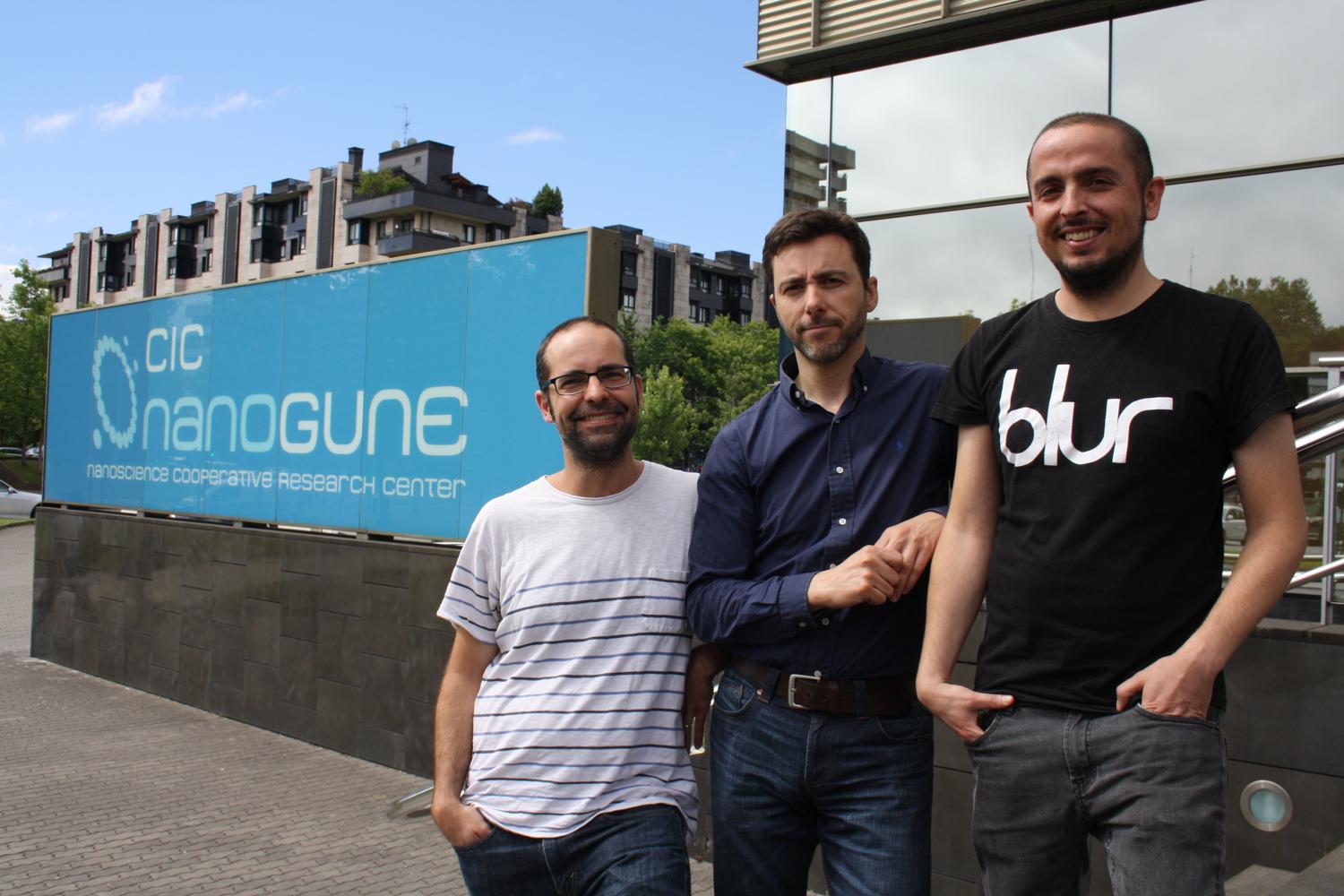The size of animals dating back 100-350 million years ago inferred from resurrected proteins
The prestigious journal Nature Structural & Molecular Biology has published a piece of research conducted by CIC nanoGUNE researchers. They have experimentally reconstructed titin fragments from their common ancestors and measured their mechanochemical properties. They have discovered a correlation between the properties of the protein measured on a nanoscale and animal size.
The Ikerbasque researcher Raúl Pérez-Jiménez of nanoGUNE’s Nanobiomechanics group has led a piece of research in which, starting from the sequences of the titin protein of a selection of modern day animals, they inferred the phylogenetic tree of tetrapods (all animals with four limbs including mammals, birds, reptiles and amphibians), and reconstructed the sequence that this protein would have had in the common ancestors of these animal groups. After obtaining their sequences, they synthesised a part of the ancestral proteins and studied their mechanical and chemical properties in the laboratory. This has enabled them to find a link between the properties of the protein and the body mass of the animals, which they have been able to confirm in the fossil record of each epoch. The scientific journal Nature Structural & Molecular Biology has just published the results of the research carried out by the nanoGUNE researchers in collaboration with the CNIC.

For this research, they selected over thirty animals from different taxonomic groups and of different sizes. “The complete genome of many animals was already available, so the first thing we did was to build a phylogenetic tree with the titin sequences of around thirty tetrapods. This tree enabled us to calculate the most probable sequences of the protein titin of four common ancestors of the taxonomic groups to which these animals belong: placental mammals, dating back about 100 million years; all mammals, dating back 170-180 million years; the common ancestor of the sauropsids, including all birds, reptiles and also dinosaurs, and which lived about 280 million years ago; and the common ancestor of all the animals we have studied, which would be the common ancestor of the tetrapods, dating back about 350 million years," specified Pérez-Jiménez.
Once they had the sequences, they synthesised the most elastic fragment of the proteins in the laboratory, and using an atomic force microscope available at nanoGUNE they were able to measure the mechanical resistance of each of the proteins. This instrument “allows one, literally, to take a protein and stretch it, unfold it mechanically using force, which is something similar to what happens to titin in the muscle,” remarked the researcher. That way they were able to compare the resistance or stability of all the titins being studied. In this study “we realised that the mechanochemical stability of the proteins depended on the number of disulphide bridges displayed by the titin, which are sulphur-sulphur bonds between two cysteine residues.
They were able to see that “the ancestral proteins were more resistant than those of today’s animals, and they had more disulfide bridges than the modern ones. Yet this difference was not so big compared with a small animal such as a finch”. This fact led them to think that there could be a link between the mechanochemical properties of titin and the size of the animals. “We saw a pretty good correlation: the larger animals had less stable proteins and the smaller ones more stable proteins. And that enabled us to predict the size of the ancestral animals”.
Once they had inferred the size of the common ancestors, the group led by Pérez-Jiménez compared them with fossil records and the scientific literature available in this respect. “We were able to see that there was substantial agreement; the ancestors of mammals, birds and tetrapods in general were really small, weighing less than 100 g; although we do of course have a margin of error inherent in the techniques themselves. This may not be surprising because one could consider that it is information that was already known, but what is new here is that we did not use a fossil, but started from a reconstructed protein, a purely molecular piece of information,” pointed out the researcher.
Pérez-Jiménez believes that “the interesting thing is that we have seen that mechanochemical evolution, how the titin gradually changed throughout evolution, and we have been able to reconstruct it”. These results will lead to pursuing the research further. “We would like to see, for example, whether this correlation with size is truly global, whether it exists in all animal groups,” he concluded.
Mechanochemical evolution of the giant muscle protein titin as inferred from resurrected proteins
A. Manteca, J. Schönfelder, A. Alonso-Caballero, M. J. Fertin, N. Barruetabeña, B. F. Faria , E. Herrero-Galán, J. Alegre-Cebollada, D. De Sancho, and R. Perez-Jimenez.
Nature Structural & Molecular Biology, July 2017. DOI: 10.1038/nsmb.3426
